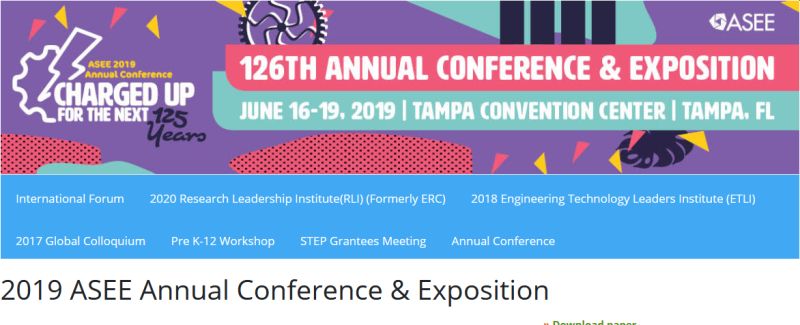Allison Godwin
Brianna Shani Benedict
Dina Verdín
Aaron Robert Hamilton Thielmeyer
Rachel Ann Baker
Jacqueline Ann Rohde
Excerpt: Students often have limited perceptions of what it means to be or think like an engineer. Often this perception stems from social norms and the culture of engineering that emphasizes particular values and roles that engineering includes. The result of this culture is that only particular types of students are recognized as an engineer, and the process of educating engineers homogenizes rather than diversifies students’ skills and potential for innovation. This process of homogenization develops engineering graduates that are more alike in their problem-solving approaches, ways of thinking, and identities as engineers than as unique innovators [1]– [3]. Students who do not conform to this mold of “being an engineer” are often alienated from engineering, do not develop engineering identities, and leave engineering, which reduces the much-needed human potential for innovation [4], [5].

